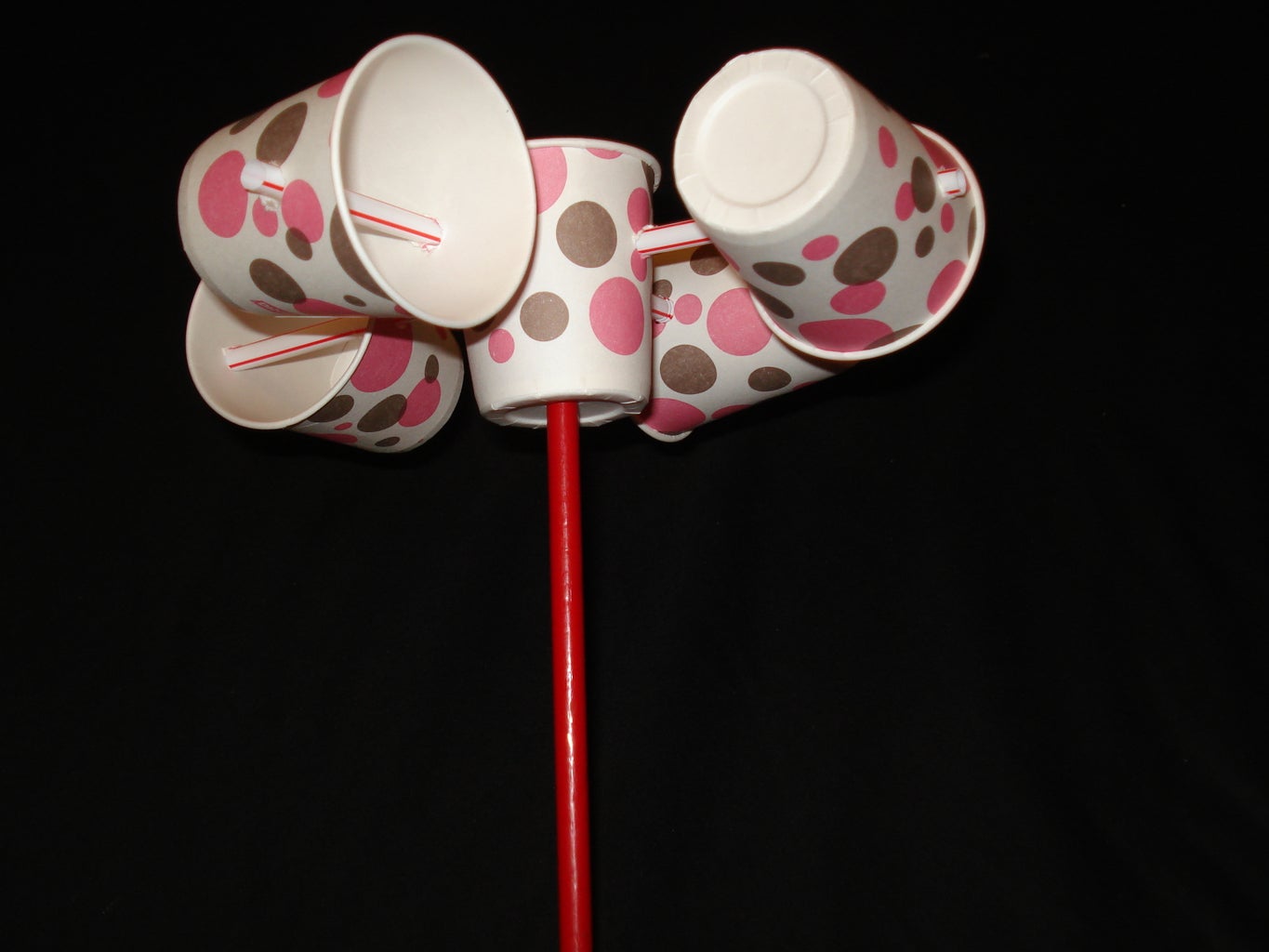Contrasting Digital and Mechanical Anemometers: Which is Right for You?
Contrasting Digital and Mechanical Anemometers: Which is Right for You?
Blog Article
Discovering the Features and Benefits of Anemometers for Weather Condition Lovers and Experts
Anemometers stand as critical devices in the realm of weather condition tracking, satisfying both lovers and experienced experts alike. These gadgets provide a home window into the dynamic world of wind patterns and speeds, providing important data for meteorological analysis and projecting. From mug anemometers to sonic anemometers, each kind brings its distinct set of benefits and applications, clarifying different elements of weather. As we dive right into the features and benefits of anemometers, a deeper understanding arises not only of prevailing climate phenomena however also of the more comprehensive effects for markets like wind energy manufacturing and ecological research study.
Relevance of Anemometers in Weather Condition Surveillance
Anemometers play a crucial role in weather surveillance by supplying accurate measurements of wind rate, aiding in projecting and understanding weather patterns. These tools, ranging from standard cup anemometers to modern-day ultrasonic anemometers, are crucial for meteorologists, researchers, and weather condition enthusiasts alike. By determining wind rate, anemometers help in establishing the intensity of climate phenomena such as typhoons, tornados, and tornadoes. Additionally, they give valuable data for aeronautics, maritime procedures, and various industries that are sensitive to wind problems.

Types of Anemometers and Their Applications
The most typical kinds of anemometers include mug anemometers, vane anemometers, hot-wire anemometers, and ultrasonic anemometers. Cup anemometers are composed of 3 or four mugs mounted on straight arms that rotate with the wind, gauging its speed. Vane anemometers, on the various other hand, utilize a freely turning vane to align with the wind instructions, providing both wind rate and instructions measurements.
Each sort of anemometer has its special advantages and applications. Mug anemometers are durable and appropriate for basic climate surveillance, while vane anemometers are favored for directional dimensions. Hot-wire anemometers are sensitive to reduced air speeds, making them perfect for indoor environments. Ultrasonic anemometers are non-intrusive and offer high accuracy, usually used in study and specialized weather surveillance applications. Understanding the attributes and applications of each kind of anemometer is important for picking the most ideal instrument for particular climate keeping track of requirements.
Benefits of Using Anemometers in Forecasting
In weather forecasting, the use of anemometers uses very useful benefits for improving the precision of weather projecting. Anemometers measure wind rate and instructions, supplying vital data for anticipating weather condition patterns. By integrating wind data into projecting versions, meteorologists can better understand the motion of weather systems, expect changes in atmospheric conditions, and concern more accurate forecasts.
Moreover, anemometers play an essential duty in examining potential climate threats. Keeping an eye on wind speeds helps forecasters forecast serious weather occasions such as typhoons, hurricanes, and winter tornados with higher precision. This very early warning system makes it possible for authorities to issue timely alerts and execute essential security steps, minimizing the risks to life and property.
Furthermore, anemometers aid in enhancing renewable resource production. By analyzing wind patterns, meteorologists can determine suitable places for wind ranches and forecast energy result, adding to the effective generation of wind power.

Anemometers in Wind Power Manufacturing
Offered the critical function anemometers play in supplying accurate wind information for climate forecasting and threat evaluation, their significance includes the world of wind power production. Anemometers are important instruments in the area of wind energy, where the measurement of wind speed and direction is vital for establishing the usefulness and efficiency of wind generator setups. By precisely gauging wind rates at varying elevations, anemometers assist maximize the positioning and design of wind turbines to make the most of energy outcome.
In wind farms, anemometers are tactically positioned to accumulate real-time wind data that is utilized to analyze the possible energy manufacturing of a website. This information contributes in establishing the economic feasibility of wind energy tasks and in projecting power generation to ensure grid security. In addition, anemometers help see this page in monitoring wind conditions to enhance wind turbine performance, stop damages from high winds, and make certain the security of employees operating in the area of wind generators.
Enhancing Climate Recognizing With Anemometers

Anemometers play a crucial duty in improving our understanding of microclimates. These localized climate condition can differ considerably from broader regional forecasts, making it necessary to have accurate data for details areas. anemometer. By purposefully putting anemometers in various places, researchers can collect in-depth details on just how wind acts in various surfaces, city environments, or bodies of water
In addition, anemometers add to enhancing climate projecting models by providing real-time information on wind actions. This info is specifically beneficial for forecasting extreme weather occasions, optimizing farming methods, and sustaining industries like aeronautics and maritime navigating. Generally, anemometers are indispensable instruments that enable us to delve deeper into the complexities of weather systems, inevitably causing more better-informed choices and exact forecasts.
Verdict
In verdict, anemometers play a vital role in weather tracking and projecting by measuring wind rate and instructions. Anemometers also have applications in wind power production, further highlighting their relevance in both meteorology and sustainable energy markets.
From mug anemometers to sonic anemometers, each kind brings its distinct set of advantages and applications, losing light on numerous aspects of atmospheric look at these guys conditions. These tools, ranging from typical cup anemometers to contemporary ultrasonic anemometers, are important for meteorologists, scientists, and weather condition enthusiasts alike. The most common types of anemometers include mug anemometers, vane anemometers, hot-wire anemometers, and ultrasonic anemometers. Mug anemometers are appropriate and durable for general weather condition tracking, while vane anemometers are favored for directional dimensions. Anemometers are vital instruments in the area of wind energy, where the measurement of wind rate and direction is vital for identifying the expediency and performance of wind generator installations.
Report this page